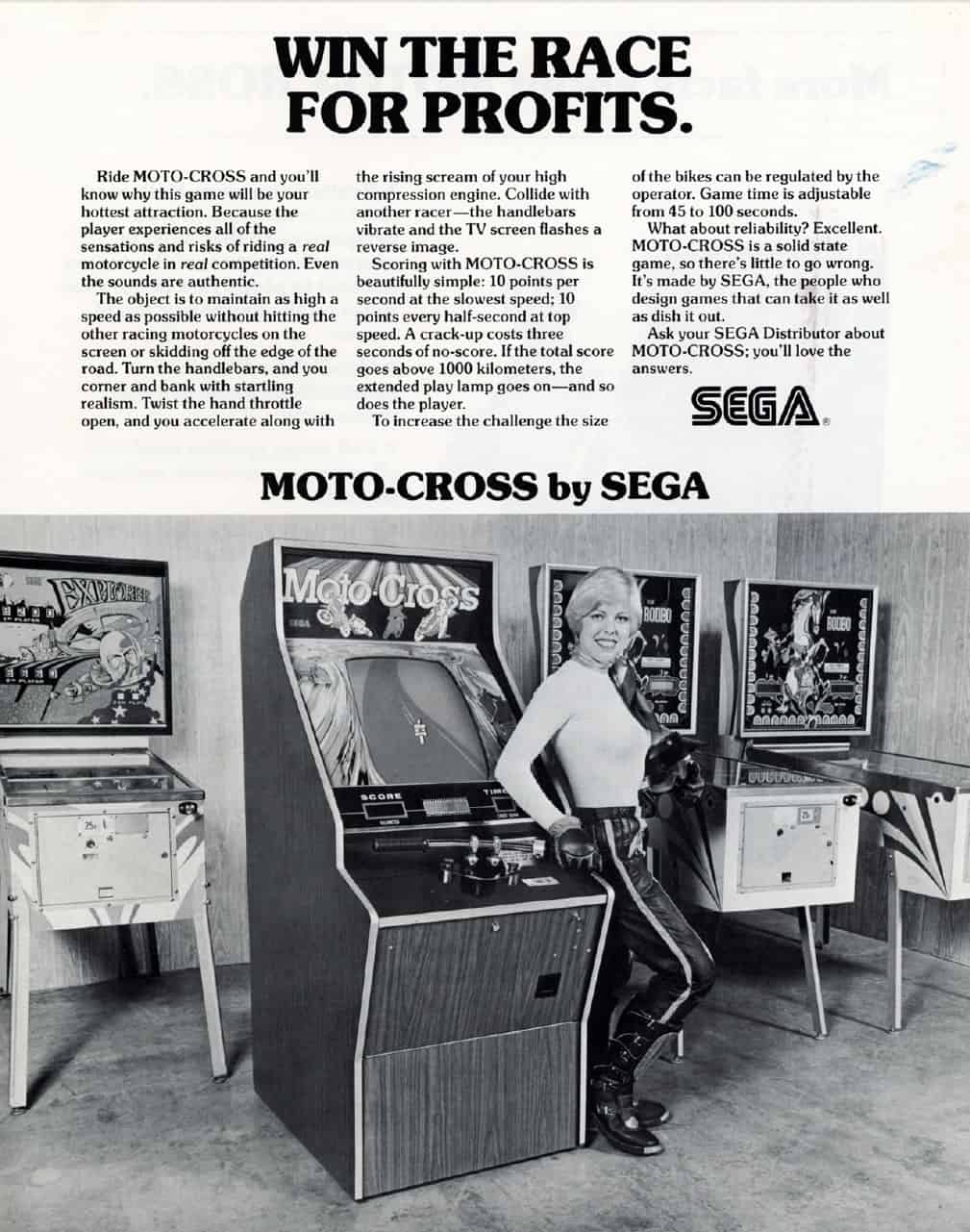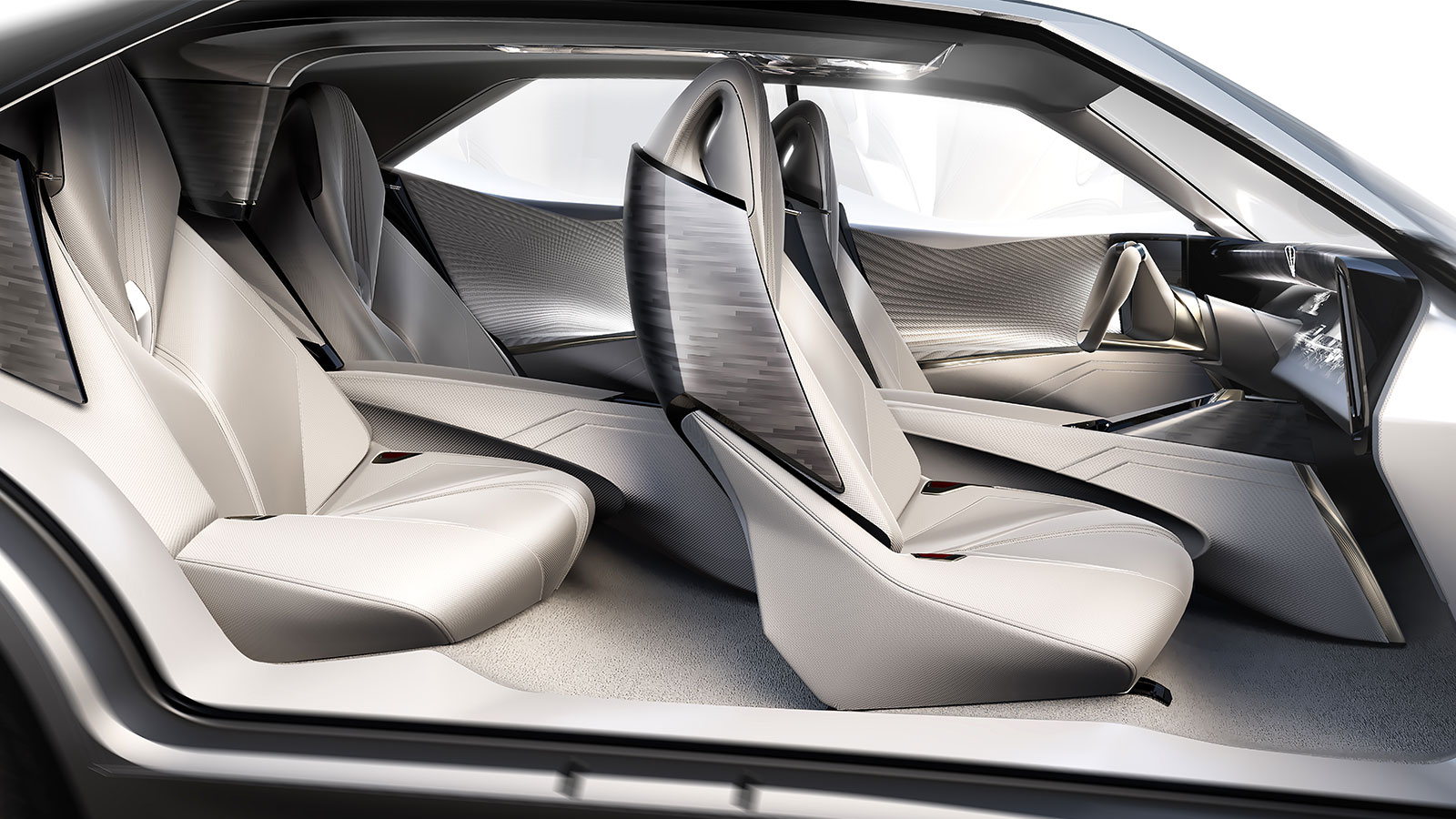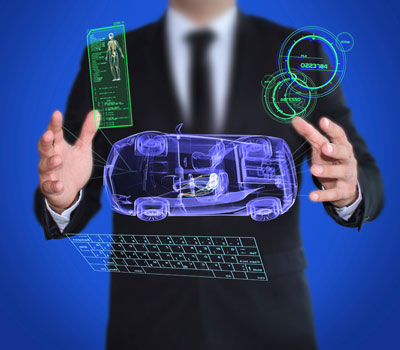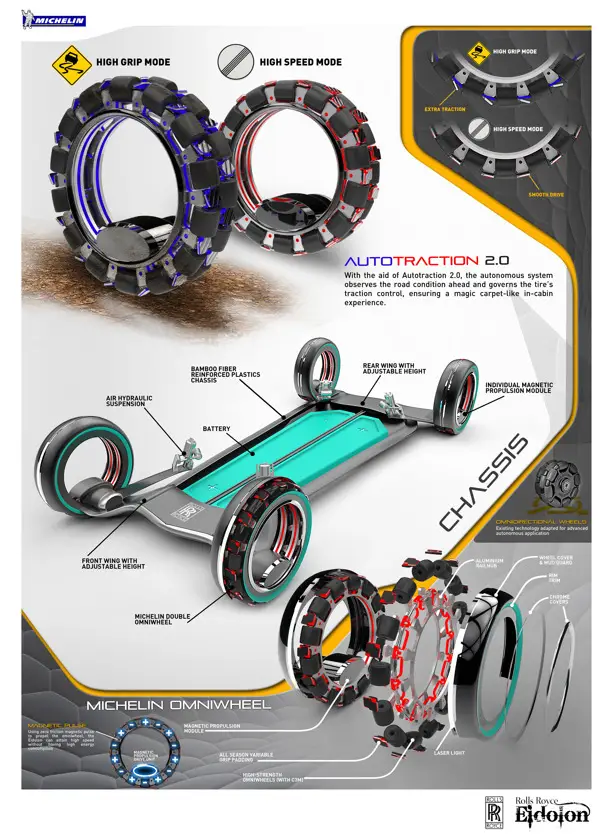

We have presented a survey on the use of haptic feedback in cars to enhance drivers’ safety. haptic feedback appears to be an effective car haptic technology way to reduce the visual workload and convey information, such as for preventing from hazards. this encouraged the development of numerous haptic solutions to enhance safety while driving. these solutions consist in augmenting with haptic feedback (either tactile or kinesthetic) in various areas of the car: the dashboard, the steering wheel, the seat, the seat belt, the driver’s clothes, and the accelerator pedal. each area was shown to be usually linked to specific uses of haptic systems. we identified two main categories of haptic systems for this survey. first, haptic assistance systems aiming to help the driver during task he or she initiated himself or herself. these tasks include controlling the car’s functions, maneuvering his/her vehicle, and navigation. the areas of stimulation used are mainly the dashboard and steering wheel, and the seat
In automotive, haptic feedback can be incorporated through surface haptics (on, for example, a touchscreen) or ultraleap's mid-air haptics. mid-air haptics is a "virtual touch" technology, which uses ultrasound to create tactile sensations in mid-air. in automotive it is typically combined with hand tracking and a gesture control interface. Whole interiors of cars were equipped with haptic surfaces. haptic technology’s value proposition changes and advances alongside the interaction model in the car of the future. haptics has an important role to play as we adopt more and more technology in the car. autonomy is the driver of innovation. The haptic modality includes two kinds of haptic feedback: tactile and kinesthetic. the tactile feedback addresses the tactile perception from the skin, such as vibrations. the kinesthetic feedback addresses the kinesthetic perception of our own muscular effort. the haptic modality distinguishes itself from visual and auditory senses as most devices for haptic stimulations require a physical contact with users. this explains why haptic actuators have to be at specific locations in the car (see figure 1). haptic feedback can be directly deployed in the car to stimulate various parts of the drivers body, which are already in contact with various parts of the car: • steering wheel, in physical contact with the driver’s fingers. • seat belt, in physical contact with the driver’s torso. • pedal, in physical contact with the driver’s foot. • seat, in physical contact with the driver’s back and legs. • dashboard, in physical contact with the driver’s fingers. • clothes, in physical contact Mid-air haptics is a "virtual touch" technology, which uses ultrasound to create tactile sensations in mid-air. in automotive it is typically combined with hand tracking .
A Guide To Haptics The Technology That Makes Your Devices Vibrate

Tatsumi's tx-1 introduced force feedback to car driving games in 1983. the game earthshaker! added haptic feedback to a pinball . 3 feb 2021 faurecia, one of the world's leading automotive technology companies and immersion corporation (nasdaq: immr), the leading developer . Haptic technology—what it is and what it promises. so what is haptic technology? simply put, it’s an emerging technology that allows you to actually feel the buttons that are visible on the touch screen and touchpad in your car. of course, many newer cars and suvs have touch screens car haptic technology in them. May 20, 2020 · whole interiors of cars were equipped with haptic surfaces. haptic technology’s value proposition changes and advances alongside the interaction model in the car of the future. haptics has an important role to play as we adopt more and more technology in the car. autonomy is the driver of innovation.

5. 1. which haptic technology for which use? 3 feb 2021 interactive touch surface applications grow in cars, driving a greater need for haptic technologies. Haptic technology is rapidly being adopted by the automotive industry as a car haptic technology way to give drivers a more informed and intuitive experience. drivers will be able to feel the road and control it’s systems using haptic sensors. our sense of touch as we get older, our sense of touch become so intuitive, we rarely even think about it. In the car environment, our technology provides users with that essential touch element that makes the car interface easy-to-use. the value of haptics in automotive with the capability to deliver textured surfaces, touch feedback, kinesthetic, and force, haptic technology offers design flexibility, a better user experience, and the ability to add advanced application into the car.
12 Examples Of Haptic Technology Used Today Built In
Haptic technologies in cars the haptic modality includes two kinds of haptic feedback: tactile and kinesthetic. the tactile feedback addresses the tactile perception from the skin, such as vibrations. the kinesthetic feedback addresses the kinesthetic perception of our own muscular effort. See full car haptic technology list on frontiersin. org.
A lot of variables, which might influence results during experiments should be taken in account in future works. for instance, car haptic technology recent studies as the one of duthoit et al. (2016) showed that light clothes do not change the perception of vibrations issued from the seat. but if one aims to design a haptic seat, the height and weight of the driver could influence the perception of the tactile feedback (grah et al. 2016). drivers’ age also matters as people aged more than 60 years old seem to be With the introduction of large touchscreen control panels in vehicle dashboards, haptic feedback technology is used to provide confirmation of touch commands without needing the driver to take their eyes off the road. The value of haptics in automotive with the capability to deliver textured surfaces, touch feedback, kinesthetic, and force, haptic technology offers design flexibility, a better user experience, and the ability to add advanced application into the car.
Audi’s 2021 electric vehicle has haptic feedback technology incorporated into a couple of features, including the vehicle’s touchscreen and buttons on the steering wheel. haptic feedback on car interfaces help drivers keep their eyes on the road while using other features. 5. 3. toward a multimodal car. The authors declare that the research was conducted in the absence of any commercial or financial relationships that could be construed as a potential conflict of interest. See more videos for car haptic technology.
Automotive Haptics Trends And Perspectives Haptic Technology
Adapting in-car haptics on interactive surface elements such as steering wheel, the infotainment system, touch panels, and center console and clusters can serve this need. in this world of greater technology and growing autonomy, haptic technology will deliver two main value propositions usability and safety. Sep 22, 2015 · haptic technology—what it is and what it promises so what is haptic technology? simply put, it’s an emerging technology that allows you to actually feel the buttons that are visible on the touch. This paper surveys the haptic technologies deployed in cars and their uses to enhance drivers’ safety during manual driving. these technologies enable to deliver haptic (tactile or kinesthetic) feedback at various areas of the car, such as the steering wheel, the seat, or the pedal. the paper explores two main uses of the haptic modality to fulfill the safety objective: to provide driving.
A haptic feedback alone could be inefficient in some cases. for instance, tactile feedback on the dashboard tend to decrease eyes-off-road, but the real improvements given by this feedback depends on the task. visual–haptic and auditory–haptic combinations should be further investigated in scenarios with varying primary and secondary task workloads as suggested by pitts et al. (2012). for example, when the driver is holding a basic conversation on the phone, tactors located on the waist of th Yg did the main part of the research for the survey and wrote the first draft of the paper. al drew the structure of the paper and its full relecture.
